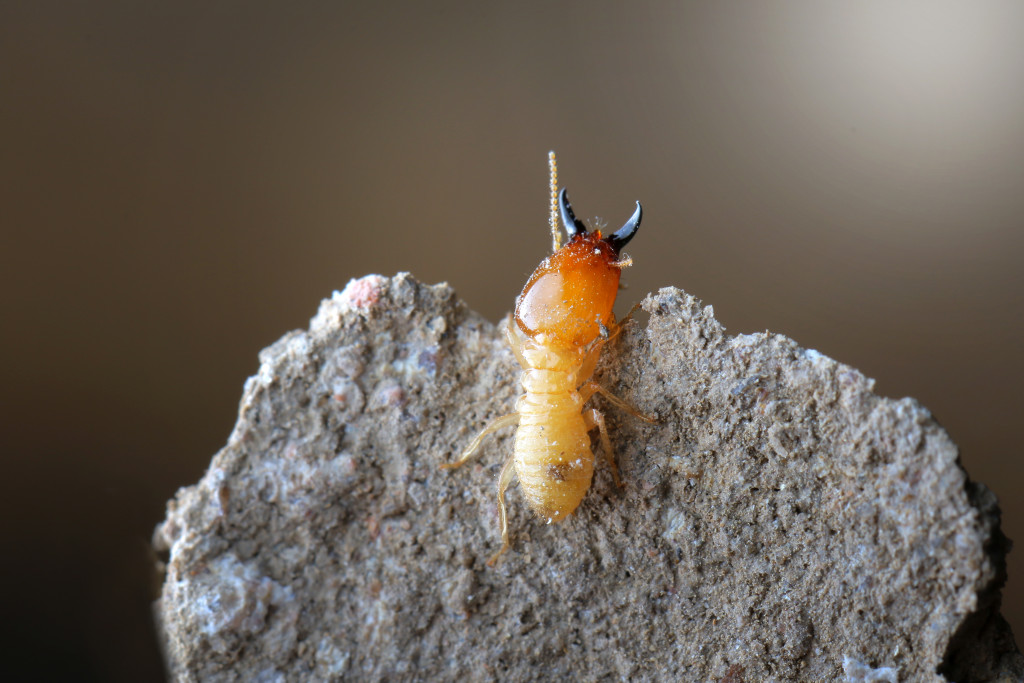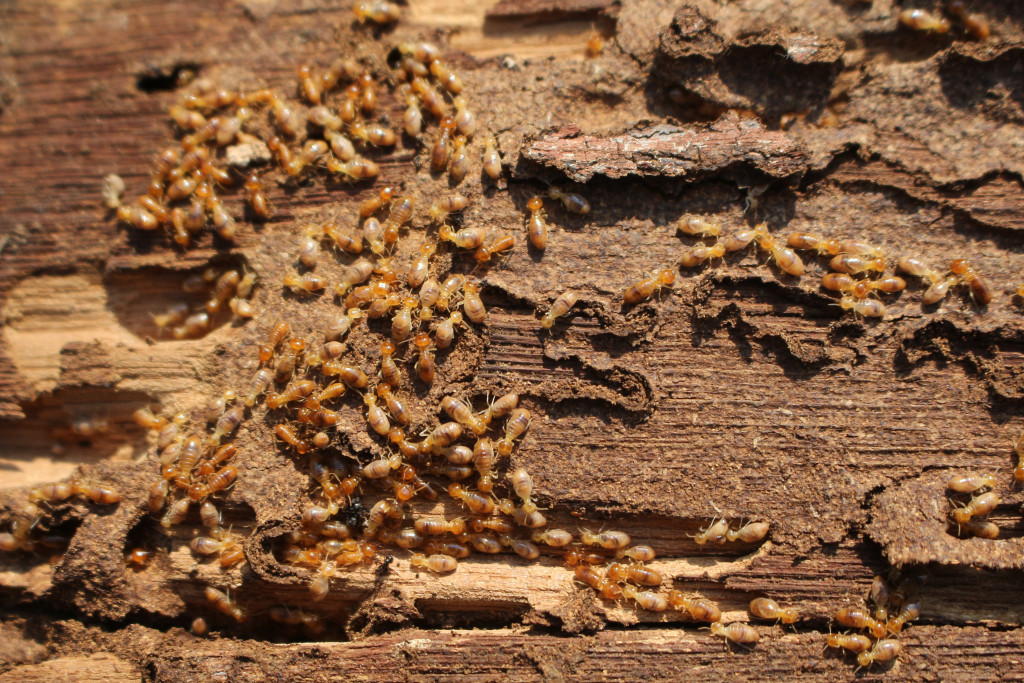The last thing you want to discover if you own a home is that it’s infested with termites. Not only are these pests destructive, but they can also be difficult and expensive to get rid of. So here’s what you need to know about termites.
What Are Termites?
Termites are tiny pests that burrow through wood, eating away at it and causing damage to your home. They live in large colonies with thousands of other termites and can do a lot of damage in a short amount of time.
How To Identify Termites
The first step towards getting rid of termites is identifying them. There are several key signs that termites have infested your home:
- Piles of discarded wings near windows or doors.
- Hollow sounding wood when you knock on it.
- Holes inside walls where the termites have traveled through them.
The clearer the signs, the more severe the infestation in your home.
Structural Damage
If left unchecked, termites can cause severe damage to the structural integrity of your home. These pests consume wood for food, and over time, this can weaken the load-bearing beams and support structures in your home. This can lead to expensive repairs or, in worst-case scenarios, a total collapse of your home.
Uninsurable Home
If you have a termite infestation, there’s a good chance your home insurance policy will be voided. That’s because most policies don’t cover damage caused by pests. So if termites ruin your home, you’ll likely have to pay the repair bill.

Family Health
Termites aren’t just dangerous to your home; they can also pose a severe health risk to you and your family. These pests produce methane gas as part of their digestive process, and this gas can build up in enclosed spaces like your home. In large enough concentrations, methane gas can be explosive—putting you and your family at risk of injury or even death.
Termites also build nests using small pieces of wood, and these particles can become stuck in your airways when you breathe them in. This can lead to respiratory problems, such as asthma and bronchitis.
Increased Costs
Lastly, the presence of termites in your home can significantly increase your monthly cost of living. That’s because you’ll need to spend money on getting rid of these pests, and this can be an ongoing expense that lasts for several months—or even years. The average cost of termite treatment is around $575. It’s costly, but one investment can make a difference in your home’s life.
As you can see, a termite infestation should not be taken lightly. If you suspect that there may be termites in your home, you must make the necessary repairs immediately. Here are ways you can do that.
Survey Your Home
The first step to getting rid of termites is to survey your home and seek out any damages thoroughly. Most damages happen in the kitchen where the most wood can be found. After you find the cracks, it’s time to make repairs.
Make Repairs
Termite damage can reach the foundation of your home. However, your furniture is also susceptible to damage. The most common damage can be found in kitchen cabinets since they’re often made of wood. If you need help replacing the cabinets, consider hiring a kitchen cabinet remodeling service to do the job. They can help you install new cabinets, which will help re-establish the structural integrity of your kitchen cabinets.
In addition to replacing cabinets, you may also want to repair any damaged flooring or wall structures. This can be costly, but it’s essential for protecting your home from further damage and ensuring that termites cannot find an easy target.
Preventing Further Infestations
Much like any infestation, prevention is always better than fixing the aftermath. So here are ways you can prevent future infestations:
- Keep Organic Materials Away: These materials are a favorite food source of termites, so keeping them away from your house will make them less attractive to them.
- Reduce moisture: Termites are attracted to water, so you can reduce the risk of infestation by reducing moisture levels. Having clog-free gutters is crucial for protecting your home from water and termite damage.
- Be careful with landscaping: When planting trees and shrubs, keep them at least six inches away from your foundation. And avoid using mulch right up against the foundation as well – termites will thank you for it!
- Call a professional: If you see signs of termite activity, such as mud tubes on the exterior of your home or wood that sounds hollow when tapped, don’t hesitate to call a pest control professional immediately.
Termites are serious business – but by taking some simple precautions, you can help prevent them from infesting your home. Following these tips can help keep your home termite-free for years to come!



